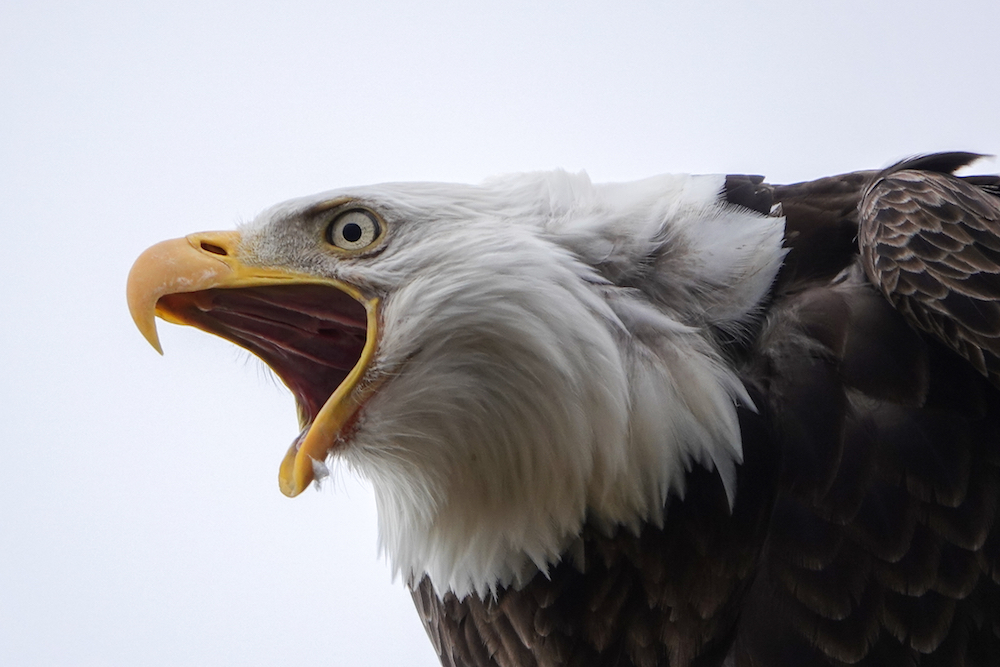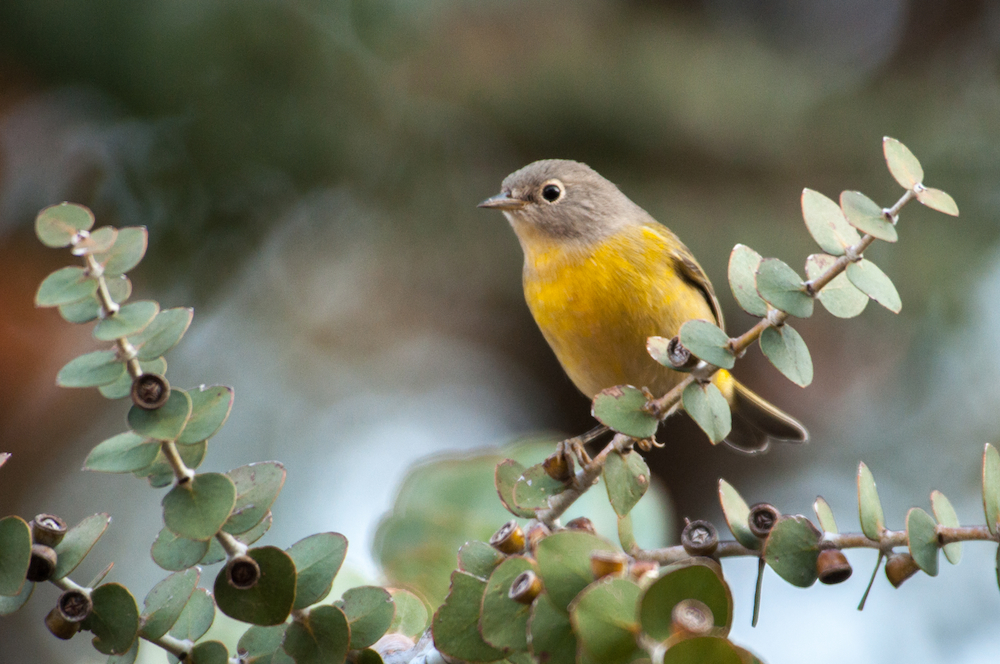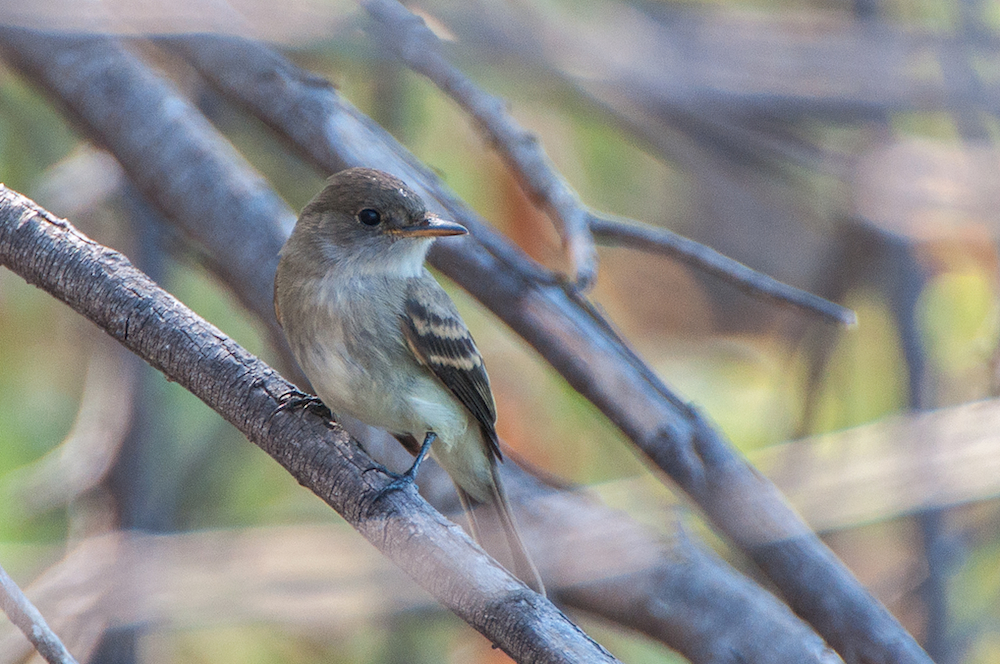
Join us for a walk in the shade of the big oaks along this Sacramento River trail. It is a haven for wildlife near the big development going on at the new Costco shopping area. This is a great place to see a large variety of the year round resident birds like wrens and towhees in the dense, shrubby vegetation, various woodpeckers in the oaks and birds of prey on the open river – eagles, osprey, and if we’re lucky, maybe a Peregrine Falcon.
Meet at 8am Saturday morning, September 10th, at the canoe, kayak and raft launch at the John Reginato River Access at 3810 South Bonnyview Road. This area is also known as the South Bonnyview boat ramp. We will spend about two hours walking less than two miles on a rocky path with river cobblestones. Hiking boots are recommended. There is a port-a-potty at the boat ramp.
Contact trip leader Tricia Ford at triciathebirdnerd@gmail.com or 530-246-4404 for more information.




